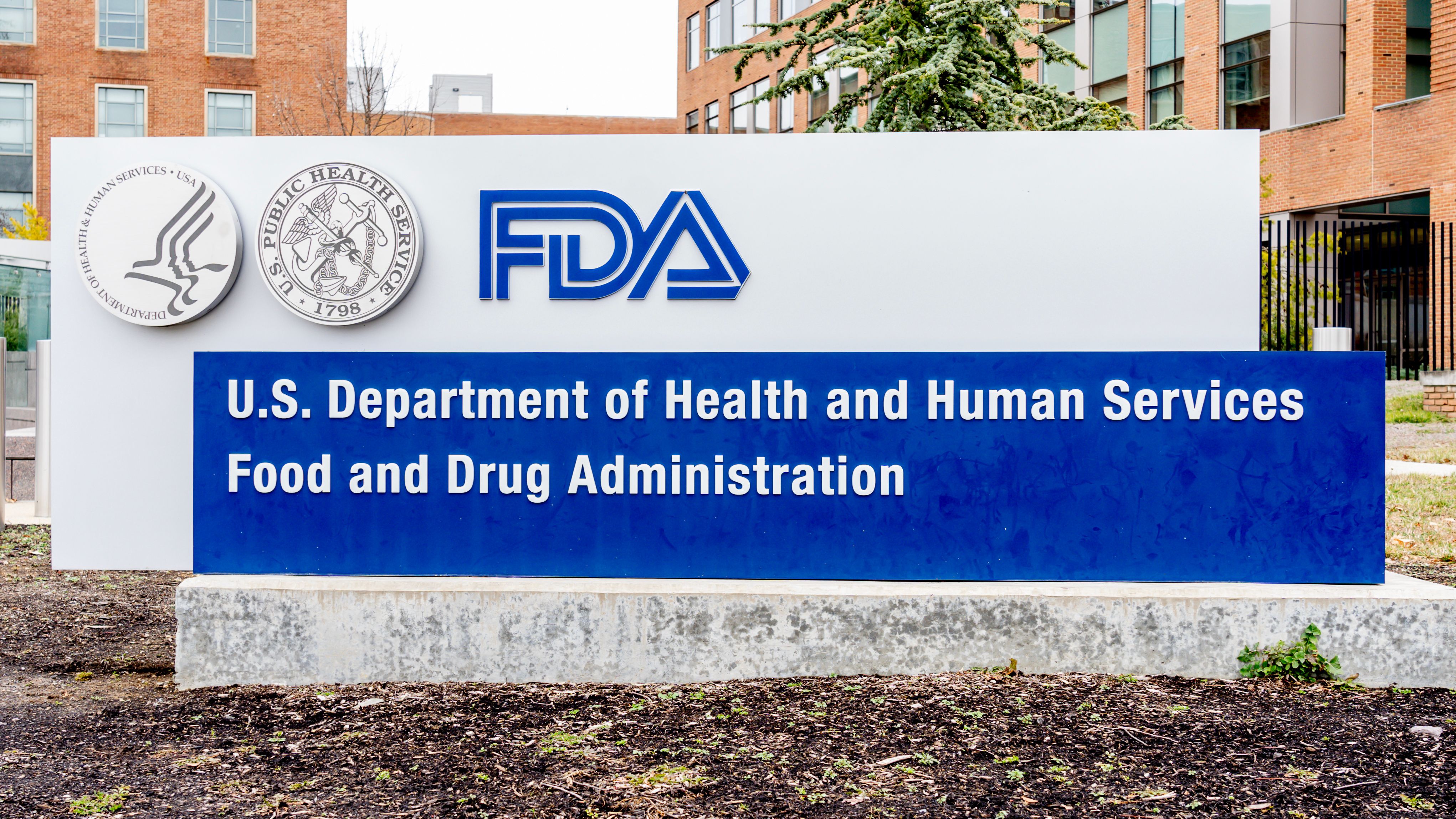FDA Accepts BLA Resubmission for Epidermolysis Bullosa Gene Therapy
The agency assigned prademagene zamikeracel a PDUFA target action date of April 29, 2025.
The FDA has accepted the resubmission of a biologics license application (BLA) from Abeona Therapeutics for prademagene zamikeracel (pz-cel) for the treatment of recessive dystrophic epidermolysis bullosa (RDEB), the company announced in a release.1 The agency assigned the BLA a Prescription Drug User Fee Act (PDUFA) target action date of April 29, 2025.
FDA Accepts BLA Resubmission for Epidermolysis Bullosa Gene Therapy / JHVE Photo - stock.adobe.com

Pz-cel is an investigational autologous, COL7A1 gene-corrected epidermal sheet therapy that is made from patients' own skin cells. The cells are genetically corrected with a functional COL7A1 gene that expands to form keratinocyte sheets to cover wound areas after a single surgery. The therapy was granted Regenerative Medicine Advanced Therapy, Breakthrough Therapy, Orphan Drug and Rare Pediatric Disease designations by the FDA.
READ MORE: FDA Approves Journey Medical’s Emrosi for Rosacea
“The FDA acceptance of our BLA resubmission moves us one step closer to providing pz-cel as a differentiated treatment option to address the persistent unmet needs of people with RDEB in the US,” Vish Seshadri, CEO of Abeona, said in a release.1 “We look forward to continuing to work with the FDA to finalize the review of the pz-cel application.”
The FDA issued a complete response letter (CRL) to the original pz-cel BLA submission in April 2024 because the agency said it needed more information to satisfy chemistry manufacturing and controls requirements. The requested information was related to validation requirements for certain manufacturing and release testing methods. There were no deficiencies noted in the efficacy or safety data of pz-cel and there was no request for additional clinical trials or data.
In August, Abeona had a Type A meeting with the FDA to align with the agency on the content of the BLA resubmission. In a release, Seshadri said the company believes it incorporated the FDA’s feedback and is confident that the resubmission package addresses all of the chemistry manufacturing and controls items identified in the CRL, including observations from a pre-license inspection that took place in March 2024.2
“We have worked closely with the FDA in preparing for the pz-cel BLA resubmission and thank the agency for their ongoing guidance,” Seshadri said in a release.2
The BLA for pz-cel is supported by data from the phase 3 VIITAL study (NCT04227106) and a phase 1/2 a study (NCT01263379) with up to 8 years of follow-up. The VIITAL study evaluated the efficacy, safety and tolerability of pz-cel in 11 patients aged 6 years or older with RDEB. During the study, 43 large chronic wound pairs measuring greater than 20 cm2 of surface area open for a minimum of 6 months and a maximum of 21 years were treated.
Pz-cel met both primary study endpoints, which were the proportion of RDEB wound sites with greater than or equal to 50% healing from baseline, and pain reduction associated with wound dressing change. The therapy was also well tolerated by patients and there were no serious treatment-related adverse events.
RDEB is an inherited genetic disorder characterized by recurrent and chronic open wounds. It has an estimated incidence of 3.05 cases per 1 million live births, although some research has estimated it to be as high as 95 per 1 million births.3 Common symptoms and complications of the condition include lesions and blistering, nail dystrophy and loss, infections, musculoskeletal contractures, ocular manifestations, and dental caries.
READ MORE: Dermatology Resource Center
Ready to impress your pharmacy colleagues with the latest drug information, industry trends, and patient care tips? Sign up today for our free Drug Topics newsletter.